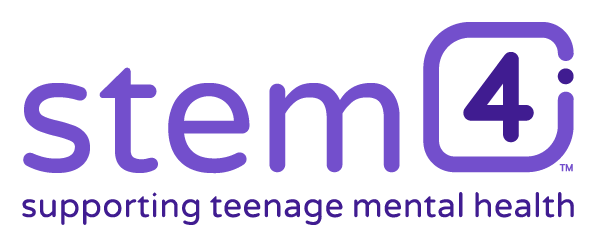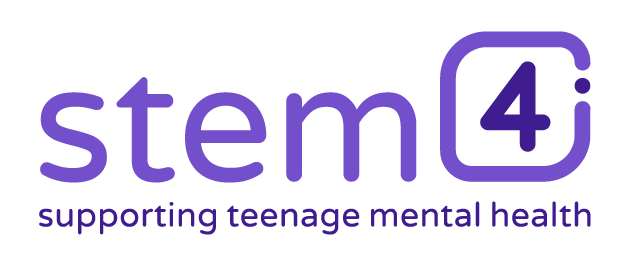Most people, including children and adults, feel low occasionally. This is a normal reaction to events that are stressful or upsetting. It is even more common for teenagers to be affected by a range of moods, particularly feeling ‘blue’ (hence terms such as Blue Monday). However, sometimes these feelings continue, become severe and turn into clinical depression. Clinical depression, requiring appropriate treatment, is thought to affect around every 5 out of 100 teenagers.
Depression can affect us in a number of different ways. Some people might have just some of the symptoms whilst others might have quite a few. It’s important to get a professional to make the diagnosis.
Depression and COVID-19
There is no doubt that the COVID-19 pandemic has been stressful and difficult for everyone. The problem is that many of the safety guidelines together with the impact of the virus is specifically difficult on mood and for people who have a diagnosis of depression. These are some examples of how they interact:
- Changing news and, with it, uncertainty and difficulty planning
- Dealing with disappointment and change if a positive test is received
- Quarantine effects in terms of being away from others, strain on close relationships, missing out on events
- Restrictions in meeting face to face, loneliness
- Disruption to education, work, sport
- Physical illness effects, including exhaustion
- Sleep and eating changes
- Feeling guilty or worried about passing on the illness if you get it or have got it
Using Behavioural Activation Therapy (BAT) to Manage Depression
Depression can affect anyone. Contrary to popular belief, clinical depression is not about ‘being weak’ or unable to cope, it is an illness and taking steps to get help will make it better. There are many treatments that are effective at managing depression including a treatment called Behavioural Activation Therapy (BAT) which focuses on breaking the vicious cycle between depressed behaviours and their further impact on mood. This is the technique used in stem4’s Move Mood app.
Symptoms fall into several categories which include emotional, physical, thought-based and impacting on behaviours. The Move Mood app targets the behaviours associated with depression which can include:
- Not engaging with others
- Losing motivation to do things
- Feeling tense
- Becoming withdrawn
- Self-neglect, such as not eating properly, not looking after their appearance
- Procrastination
- Avoidance
- Harmful behaviours which may include self-harm, substance overuse or misuse
What is Move Mood and how does it work?
Move Mood is a free app to help young people manage the behaviours associated with low mood or depression. Created for stem4, teenage mental health charity, this clinically led app has been co-designed with input from young people. It follows a type of treatment called Behavioural Activation Therapy (BAT) and uses powerful, in-built analytics to measure effectiveness. The app is completely anonymous and doesn’t collect any identifiable data.
Behavioural Activation Therapy encourages people with depression to approach activities they may be avoiding. This is done by defining goals and activity schedules. It is a highly personalised intervention that targets the behaviours that feed into depression.
When you are depressed, you tend to avoid particular situations or activities.
The Move Mood app uses a weight-lifting analogy for this:
‘Low mood and depression weigh you down. Instead, engage, initiate and activate. Move your mood and lift this weight’.
How can Move Mood help you?
The Move Mood app is suitable for mild/moderate depression. If severely depressed it should only be used alongside treatment.
Using an app such as Move Mood is helpful as it is always available wherever and whenever you need it. It is a helpful self-management tool since it helps you choose a behaviour you would like to change and, together with a mascot/companion, set goals to practice, earn rewards for completing them, learn to encourage yourself to keep motivation to change going even with the presence of low mood, self-monitor progress, and keep things in check.
Whilst Move Mood does not substitute for a treatment plan with a mental health professional, at a time when services are stretched, having a self-management tool to help prompt change and make change can be helpful.
Download Move Mood for FREE on the App Store or Google Play.

